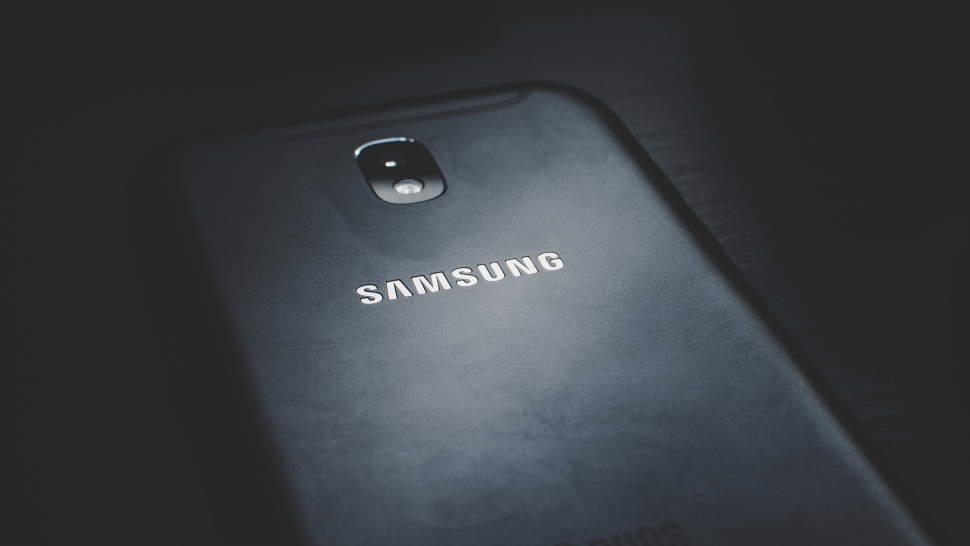
The Samsung Note 7 launched with much fanfare this summer; tech websites loved it and it was a recommended buy. All was good.
Oh, and then it started exploding.
As did my mind based on what followed.
Airlines were soon issuing the brand thousands of paper cuts a day as flight attendants reminded passengers to completely power down their Note 7 before take-off.
Samsung announced a faulty battery was to blame, issued a recall that didn’t solve the problem, then took the phone off the market.
From praised product to banned brand, Samsung faces an unprecedented crisis. The company recently lost $17 billion in value after reducing its third quarter profit forecast by a third.
What can we learn from Samsung’s experience?
1. Communicate quickly, yes, but with coordination and certainty
Samsung got the quick part right. Not so much on the coordinated and certain front.
They failed to coordinate the recall with their retailers or with the U.S. Consumer Product Safety Commission, who told the New York Times they found an inconsistent response to the recall across America, with some stores and carriers still selling the phones days after Samsung’s announcement.
The company also sent inconsistent messages to consumers — first instructing consumers to turn the phones off and cease usage, then following days later with a software patch to prevent an overheated battery.
Huh?
And early communication wasn’t accurate — on September 2nd, Samsung Mobile President Koh Dong-jin referred to a “tiny error” in the manufacturing process, according to The Asahi Shimbun.
Yeah, the O-rings on the Challenger also had a “tiny error.”
2. Be the eye of the storm
Everyone wants a cool, collected, in-control leader in times of crisis.
In Samsung’s case, sources told the New York Times that the corporate culture was “militaristic” and that the senior leaders were wildly making decisions without the technical knowledge of the phone’s construction.
3. Provide visibility
In a storm, your view is obstructed. You need visibility to what’s going on, and exactly what’s swirling around you. Leaders must provide this visibility.
According to the New York Times, Samsung executives prevented engineers who were testing the faulty phones from communicating with each other about their findings. Perhaps this is why they wrongly calculated that the problem lay just with the battery manufacturer, and why replacement phones also caught fire.
4. Be clear on what’s expected from employees
We don’t know what Samsung leaders have told their employees, but since they appear to have misdiagnosed the original problem, it’s likely that employees are confused on what to do.
And meanwhile, they’re sending out incomprehensible emails to customers looking for a refund.
This doesn’t sound like “get everyone on the same page” leadership.
5. Give reality–and hope
In crisis, leaders have to get real with the troops, fast, while balancing that with a sense of hope. On September 1, an engineer posted on an internal messaging board that all the Note 7’s should be recalled, and that it was “humiliating”. Employee responses in support rolled in.
Despondent employees leading the charge on spelling out reality hardly feels like Samsung leadership was proactively providing reality and hope.
6. Show urgency, accountability, vulnerability and empathy
Samsung did recall phones urgently, but tried to pass accountability to its battery supplier. And in an age when people have their mobile phone in hand as soon as they turn off the alarm clock, Samsung needs to be more empathetic with frustrated consumers who’ve shelled out a lot of money for a defective phone.
The company must also show more vulnerability, opening themselves up to some level of analysis and investigation. Instead, they’re the targets of a class-action lawsuit related to destroyed evidence in the case of their exploding washing machines (yeah, they’re exploding too, if you hadn’t heard).
7. Establish a core team and a ninja team
In a crisis, you need a core team to make decisions, deploy resources and break down barriers. You also need a ninja team–the best doers you can assemble.
Let’s hope that Samsung can stabilize a core leadership team that’s been in turmoil, and has convened its best engineers to collaboratively tackle the crisis moving forward. They’ll also need a PR ninja team, ensuring that communication to all stakeholders is clear.
8. Don’t forget to reward and recognize along the way
It’s so easy in times of crisis to forget that it’s also the time employees need recognition the most. Certainly employee (and management) error will be uncovered along the way. But undoubtedly, countless numbers of employees will be busting their tail to get things out of crisis mode.
Take time from fire-fighting to recognize the firefighters.
9. Don’t waste the opportunity to make needed changes
Crises expose all kinds of things that need fixing. Use the crisis as an inflection point to bring about that change once you’ve sailed into calmer waters.
Employees will be hungry to find the good in the crisis. Give them that.
10. Balance between immediate and longer term objectives
Samsung wanted to capitalize on a seemingly dull new Apple phone, and prioritized short term market share grab above all else. Then, in response to the crisis, their immediate objective was to minimize damage to their reputation by recalling and replacing the phones, and downplaying the size and scope of the problem.
Their short-term focus has most certainly damaged their longer term objectives of customer satisfaction and trust, and shareholder profit. Perhaps with a longer-term mindset, the problem could have been avoided through more testing and closer review of all suppliers.




Leave a Reply